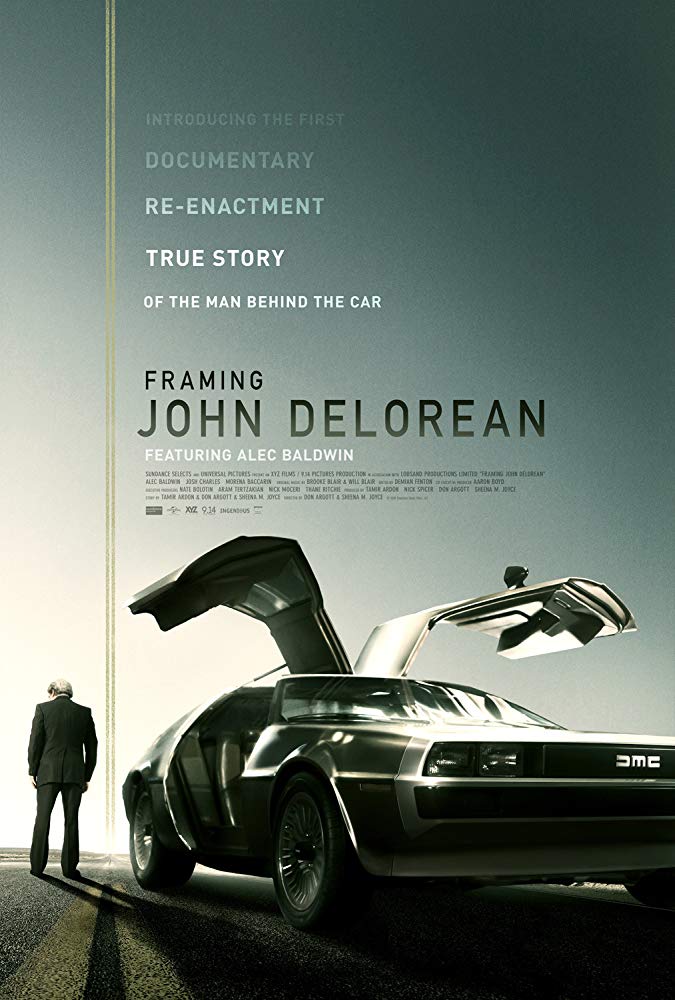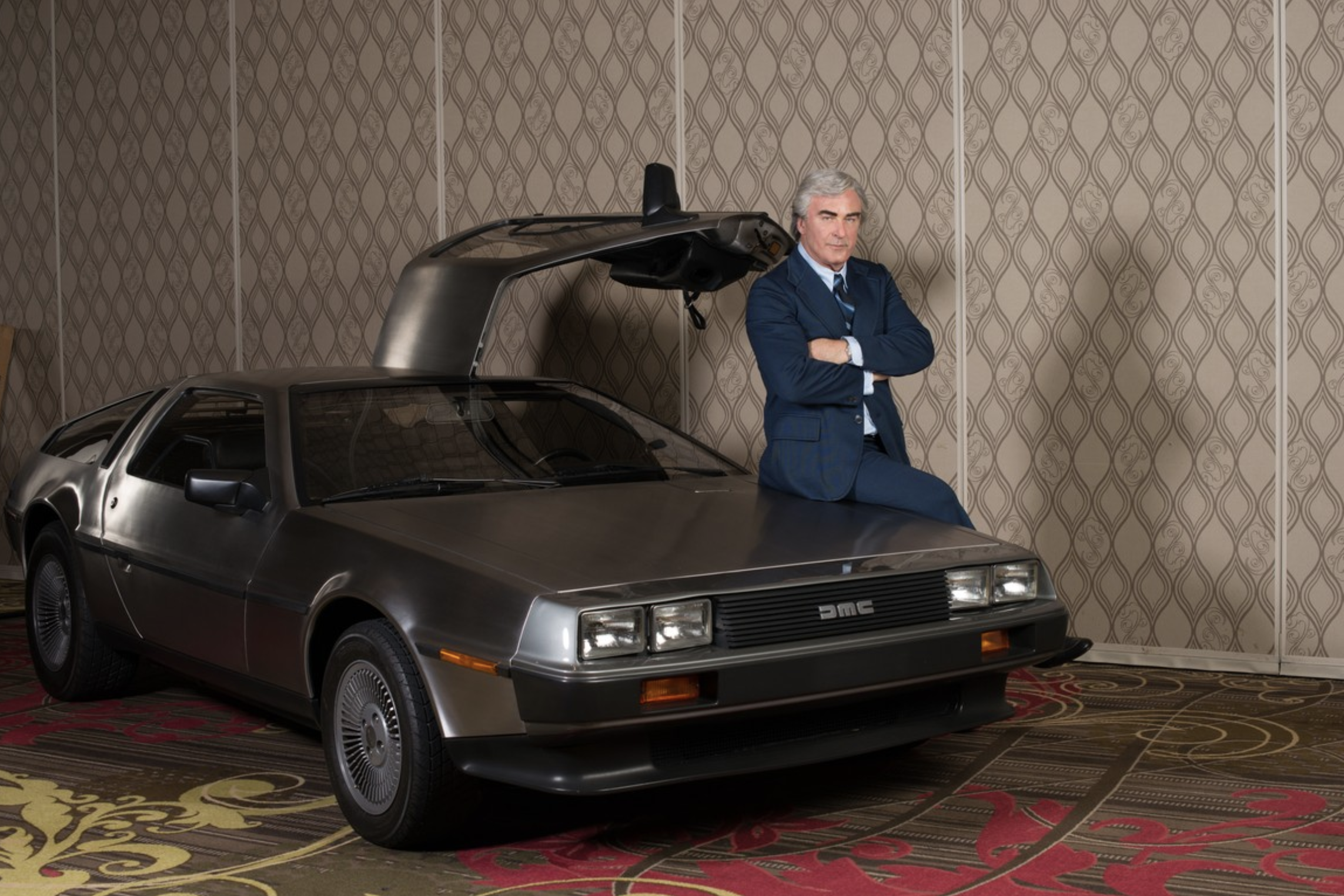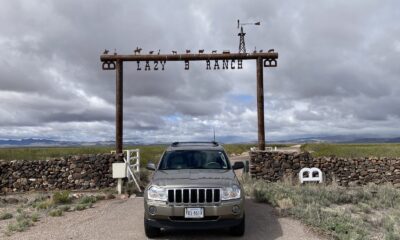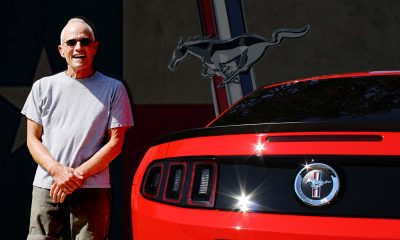Garage
Framing John DeLorean:
One Story, Three Realities
Cocaine traffickers, muscle cars, Margret Thatcher, embezzlement, super models, scandals, FBI informants, the IRA, and one Irish-built, stainless steel sports car. The story of John Z. DeLorean is one that Hollywood has been trying to put on the big screen for several decades. Yet no attempt has been successful – until now. Framing John DeLorean is a documentary-reenactment-biopic of the man who lived the dream of starting his own car company, diving into the full spectrum of the man whose character has been open to interpretation since 1982. The film will be premiering at IFC Center in New York city, and available on-demand (VOD) beginning June 7th. Framing John DeLorean will also premiere at the Nuart Theatre in Los Angeles on June 14th.
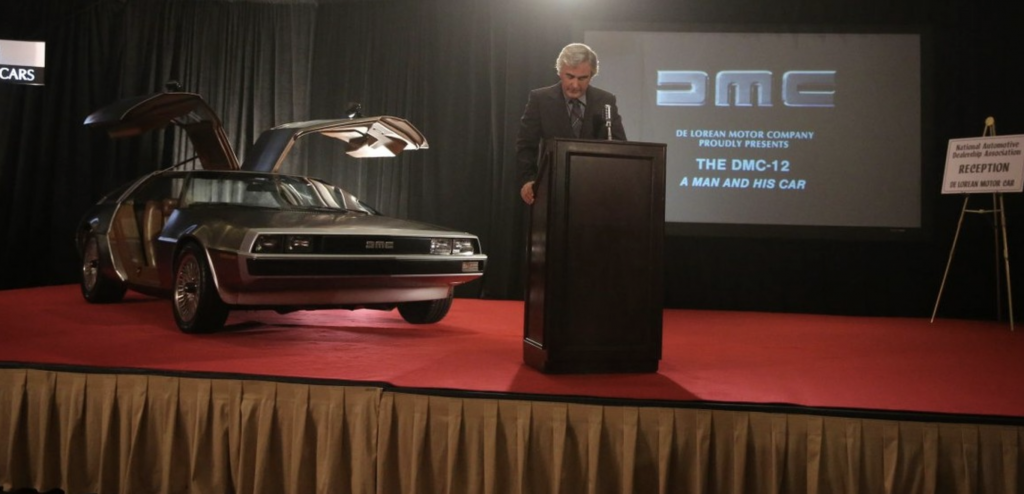
The film focuses on DeLorean’s life after leaving General Motors in 1973 and beginning his quest to start his own motor company, DMC. The film starts with footage of DeLorean taking a polygraph test in 1983, asked a series of broad but difficult questions. After the test is completed, they ask DeLorean how he felt. The scene ends with DeLorean saying, “You go through your whole life”, which kicks off the movie.
Alec Baldwin’s first scene is in the makeup chair midway through his DeLorean transformation. Baldwin explains how he is going to play John Z. DeLorean as “who he thinks he is”. Framing John DeLorean is a film that tells one story through three different realities. It’s a hybrid documentary that uses archive footage, reenactments, and traditional interviews, beautifully edited together into a timeline about the truly incredible rise and controversial fall of John Z. DeLorean.
Over fifty interviews were done in preparations for this film, a process that took nearly three years to complete. The idea didn’t start until 2009, when producer Tamir Ardon brought the idea to directors Don Argott and Sheena M. Joyce. (Alec Baldwin received a phone call from John DeLorean himself in the early 2000’s, asking him to play DeLorean if a movie about his life was ever produced.)
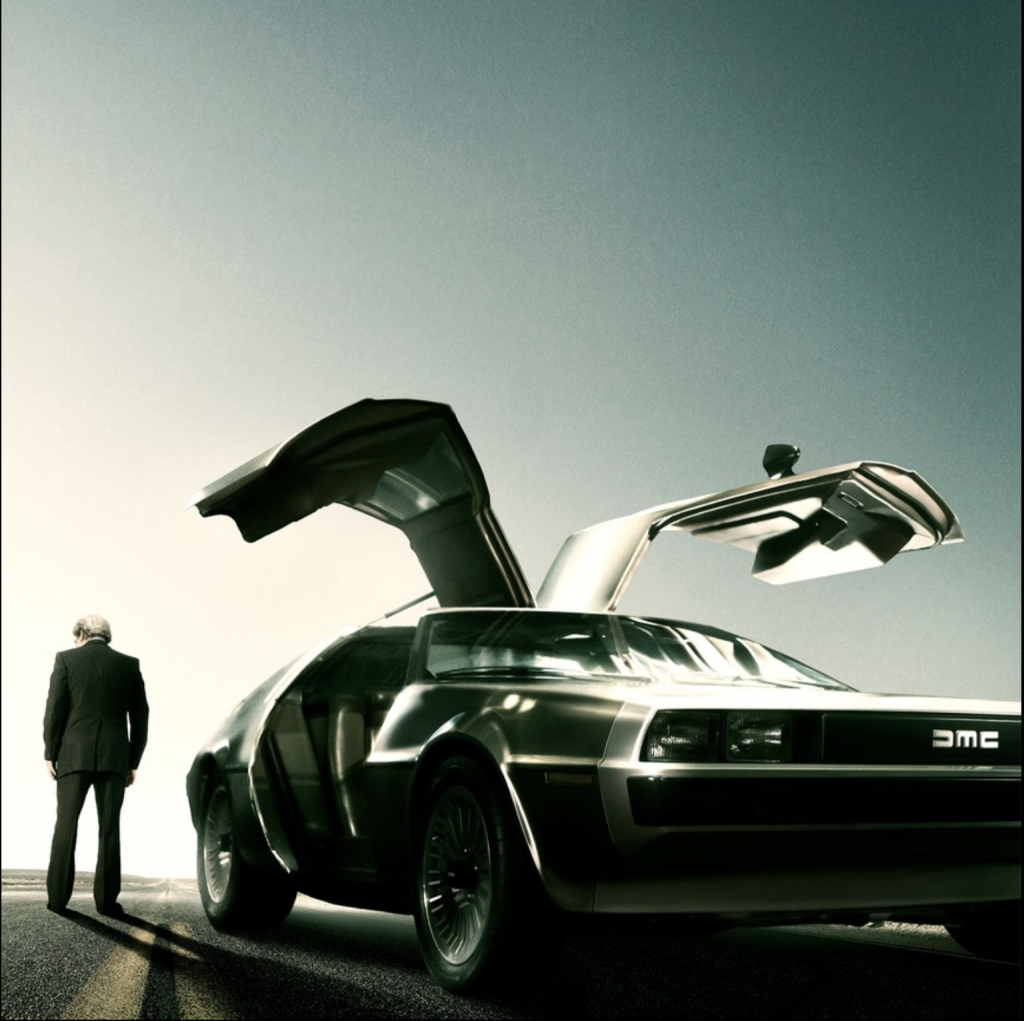
In talking to Tamir, the co-writer said that Alec Baldwin was not only amazing to work with, but that he completely threw himself into the role. That’s clearly seen during Baldwin’s interview segments where he plays himself, talking about playing DeLorean. It may sound confusing, but when you see it on the screen its brilliant story-telling, and a style of filmmaking I’ve (personally) never seen before.
The first reenactment scene begins with DeLorean at Pontiac in the 1960’s, pitching the GTO to a room of GM executives. In a real life cliché the suits don’t like the idea and think its “stupid”, but DeLorean plays the loophole by offering the GTO as a performance package; therefore, it technically is not a new product and does not need their approval in order to make it. And that sets the theme of how DeLorean went about getting his own way in business, always looking for the angle that wouldn’t break a rule, but simply bend it.
Remember, in the early 70’s DeLorean was on his way to being a top tier executive, and one day run one of the largest companies in the world – General Motors. However, the idea of being just another suit who focused more on counting beans rather than ideas was not what he signed up for.
The story shifts to DeLorean convincing Bill Collins, an engineer who helped DeLorean with creating the GTO, to leave GM to build the DMC-12. Collins was the backbone of the DeLorean, the guy building the car – his baby, named after John. The movie shines a light on the men who were in DeLorean’s shadow, like Bob Manion, another engineer from GM who put in a lot of man-hours building the DMC-12 prototypes. The interviews with the people who were there at the very beginning offers real clarity for the audience to wrap their heads around the magnitude of what DeLorean was trying to do, creating his own vision of the American dream.
Framing John DeLorean also interviews Zach and Kathryn DeLorean, John’s children, to show a side of the man we have never seen or heard about. Footage shows DeLorean having it all: fame, married and in love with a super model, an apartment on 5th Avenue with two kids, and high-octane optimism. Both Zach and Kathryn explain their love/hate relationship with the car that boasts their family name, and it’s truly captivating to watch.
Roughly a third of the way into the film the story begins to aim for a climax when DeLorean decides to build his DMC factory in Ireland. This was a bold move that promised good jobs to a nation in crisis, suffering from high unemployment, and – of course – no history of automotive manufacturing. You see the political and social impact that DeLorean brought to Northern Ireland by building his factory. In less than three years they built a car factory, designed a car, and produced 3,500 DMC-12s. And for presumably the first time you had Protestants and Catholics working side-by-side on the factory floor.
Interviews with those who worked at the DMC factory sum it up best with what the DMC-12 meant for them. “It was the best job they ever had, and it was the worst day of their lives when it finally closed.” A series of events that include Margret Thatcher, Ronald Reagan, and the Irish Republican Army brought storm clouds for DeLorean in the fall of 1981.
These series of unfortunate events forced DeLorean to look for ways to raise money. Framing John DeLorean tells the timeline and names leading up to the infamous FBI cocaine drug bust of 1982. The film provides all sides of the story, allowing the audience to make their own judgment call on whether or not DeLorean was setp by the FBI to be scapegoat for the war on drugs, or if he was breaking bad for the good of the dream.
The entire case is broken down and easy to understand, while being able to see the bias amongst the people being interviewed. It is the most important part of the film, peeling off the layers of John DeLorean’s character around the idea, “What was he thinking?” in the moments that lead up to him walking into a hotel room with cocaine dealers.
The fallout from the trial is one that is never told in other documentaries or reenactments I’ve seen about John DeLorean. The case verdict is usually where it ends, but Framing John DeLorean goes one step further to see what was left of his dream. There was one scene in particular that I will never forget – and it actually made me tear up. A scene where John DeLorean is at a DMC car show handing out dashboard autographs – a man who was finally witnessing his dream become reality. It got to me.
They even interview one of the writers of Back to the Future. Did you know John DeLorean wrote them a thank you letter? I didn’t until I saw this movie. And that brings up the idea of “what if” DMC could have stayed in business just long enough for BTTF to be released. You can’t buy that kind of marketing.
Framing John DeLorean is a beautifully made biopic that successfully shows the spectrum of character of an American legend. This film could reignite the backlog of DeLorean-based film projects. Don and Sheena have proved that it can be done. The cast includes Morena Baccarin (Deadpool, Gotham), Josh Charles (Four Brothers, Masters of Sex) and even the mayhem Allstate insurance guy Dean Winters.
So, if you enjoy stories about mavericks who risk it all for what they believe in, crime dramas, study film making, enjoy learning about American history, or appreciate cars, go see Framing John DeLorean. It currently holds an 88% rating on Rotten Tomatoes and a 7/10 on IMDb.com.
